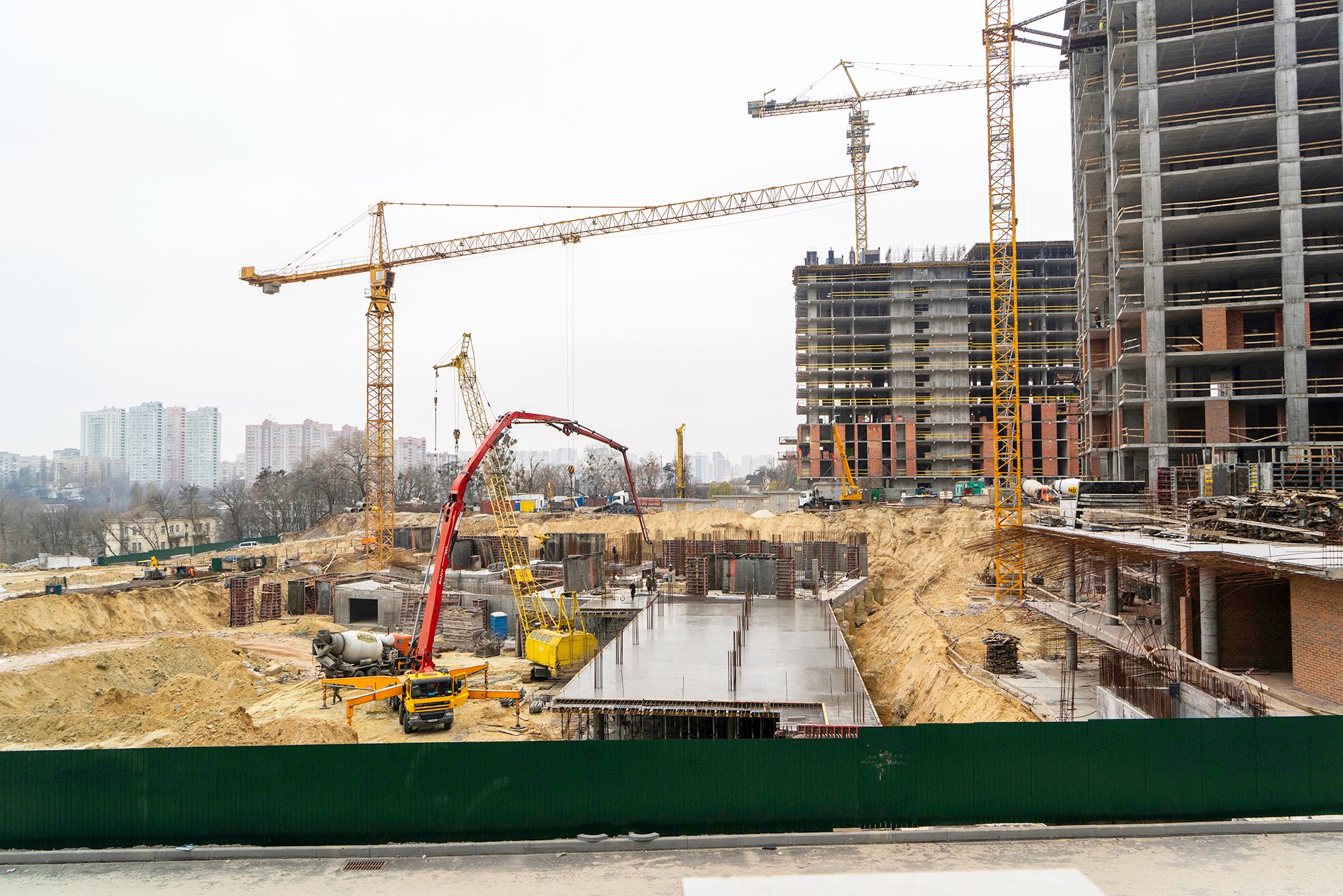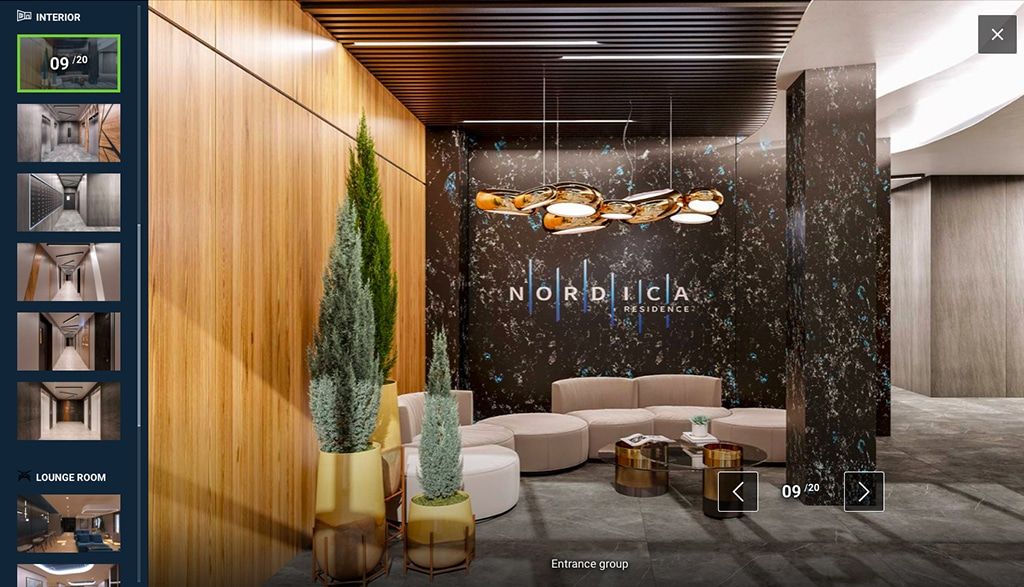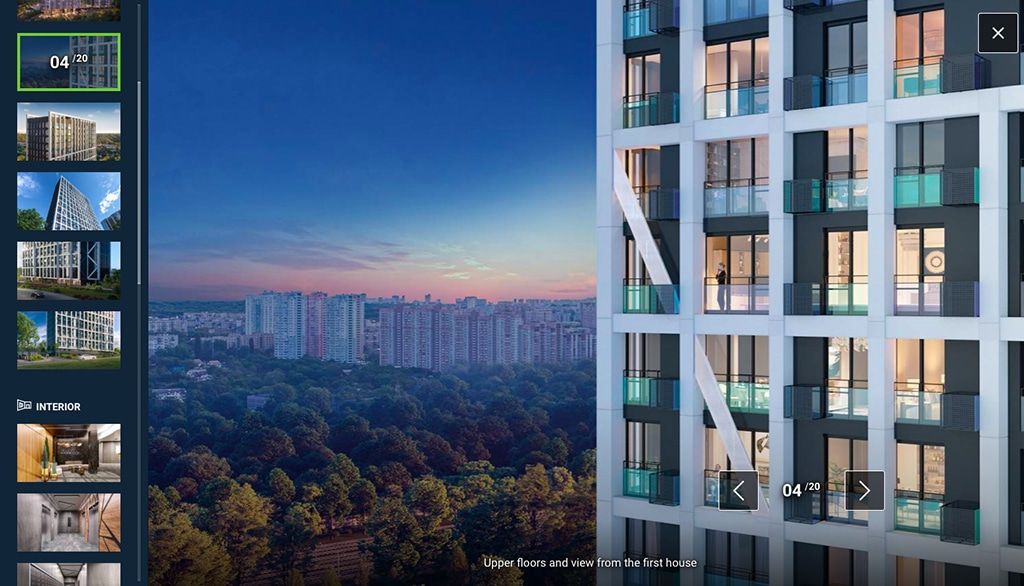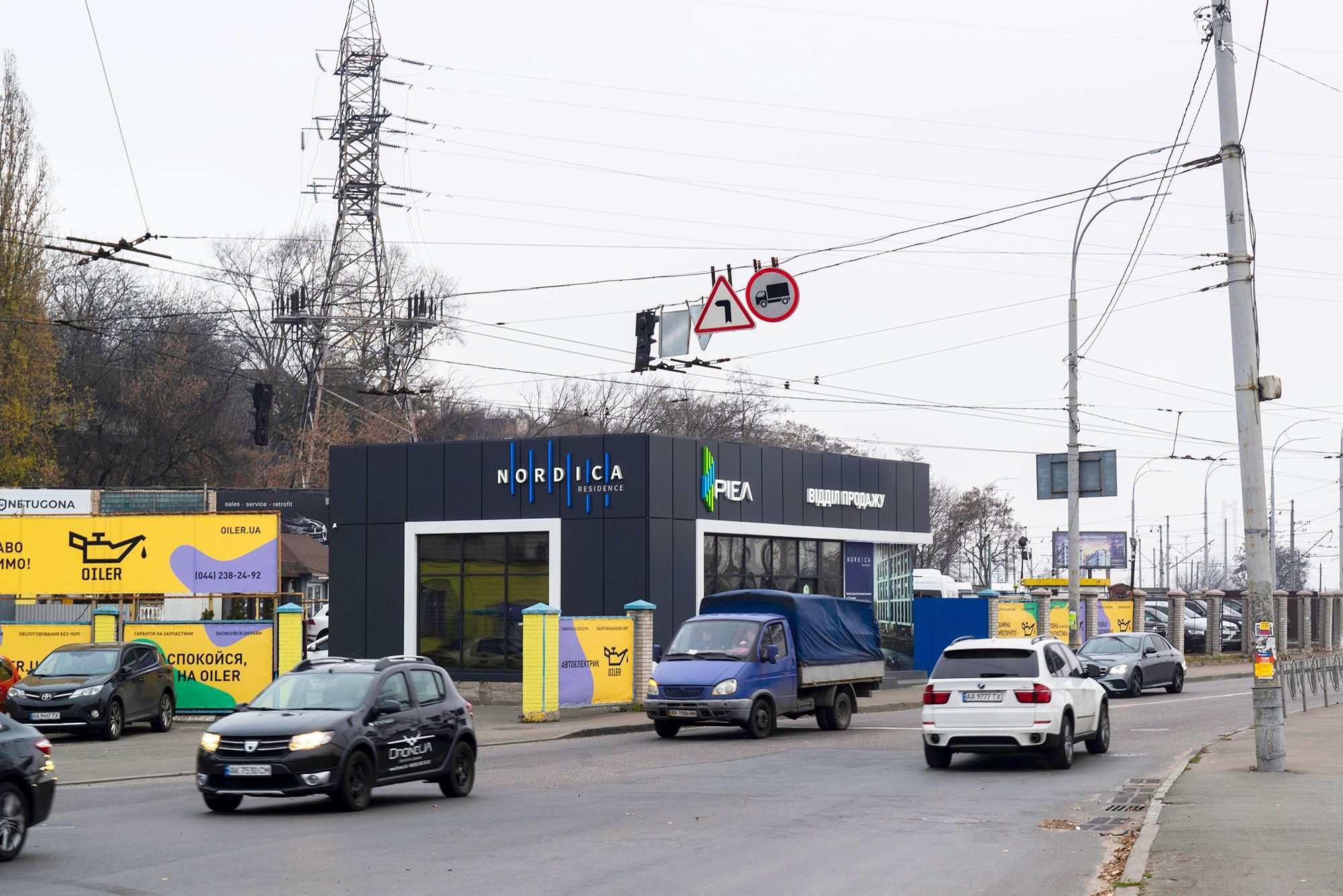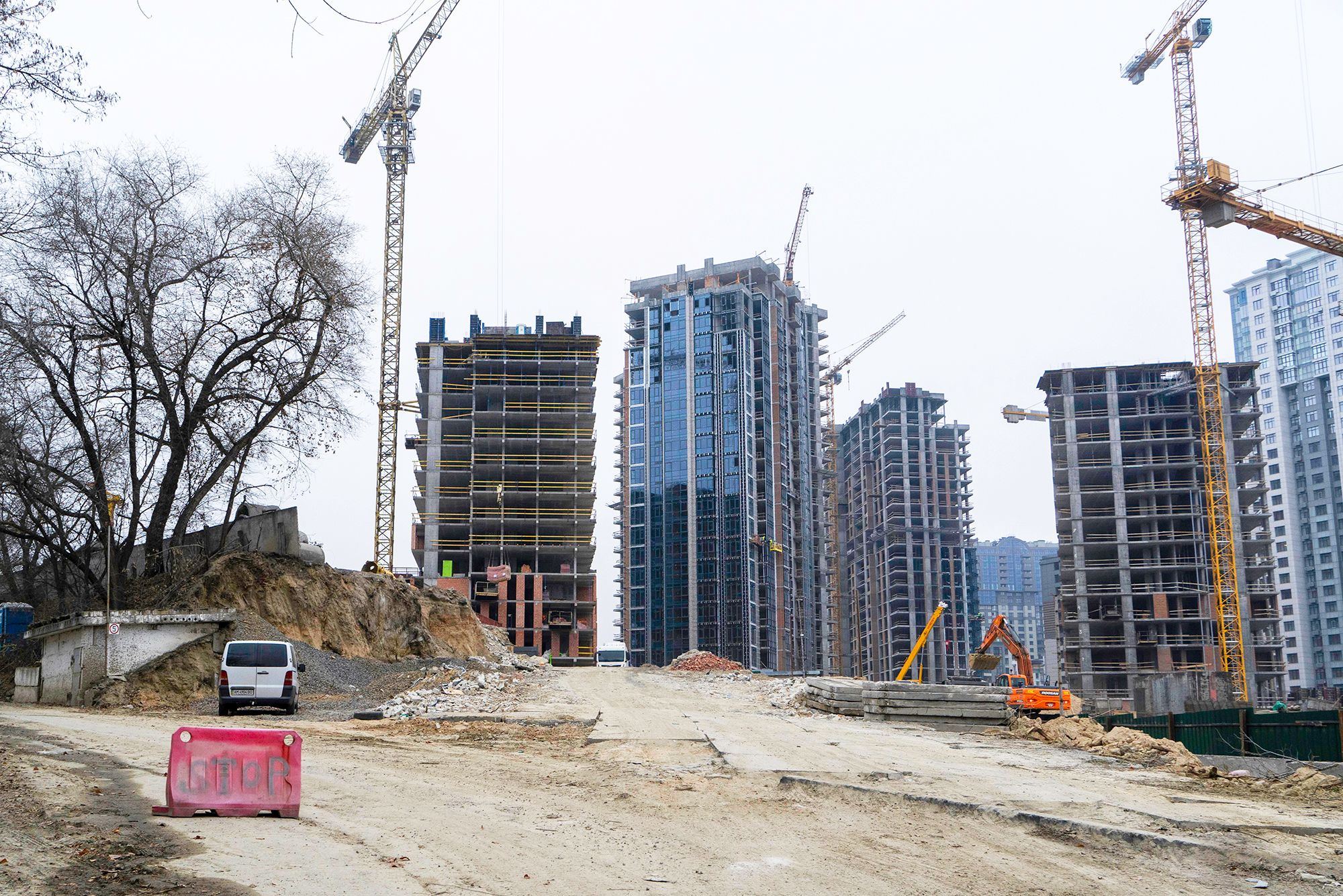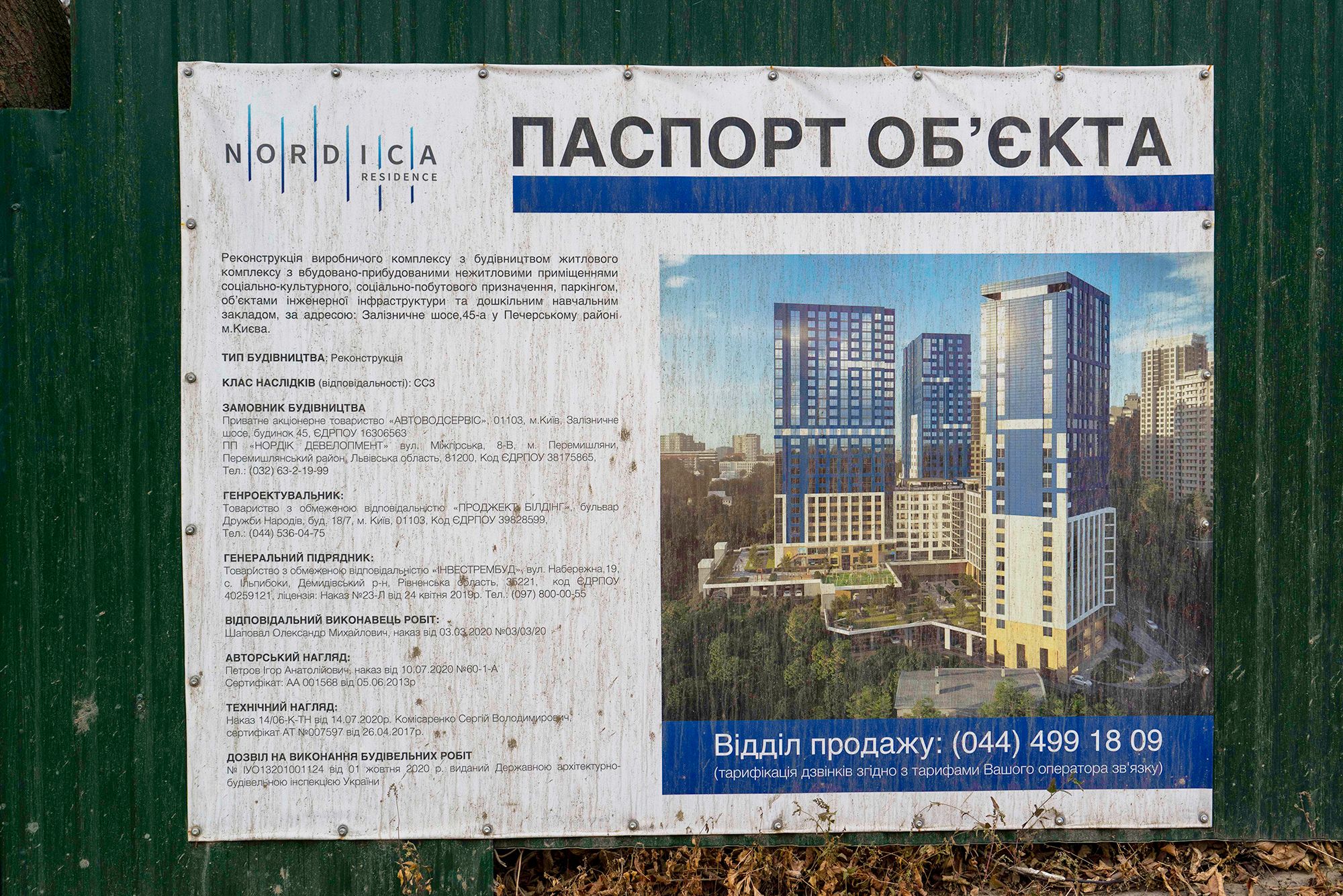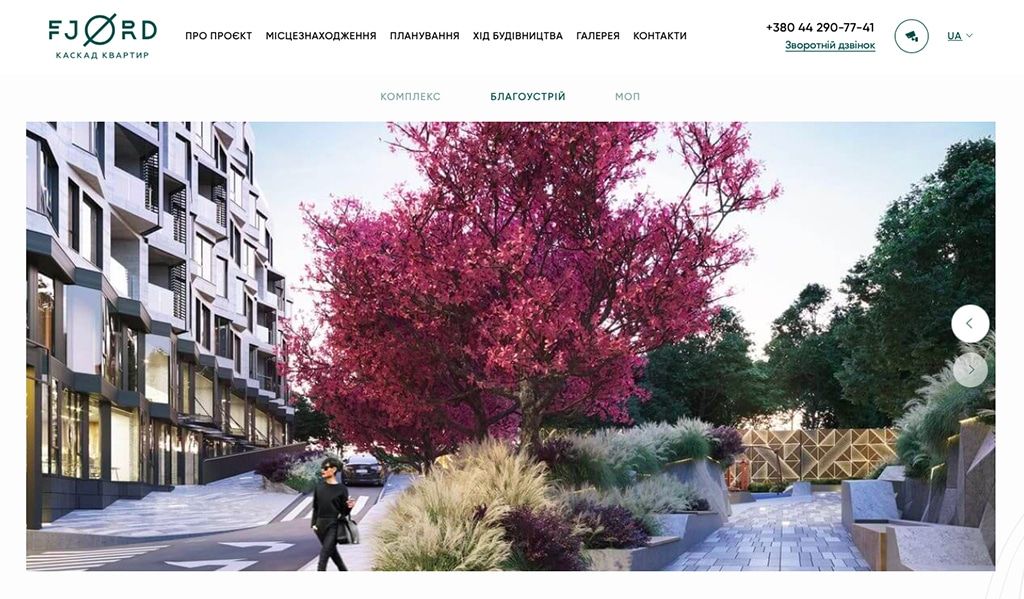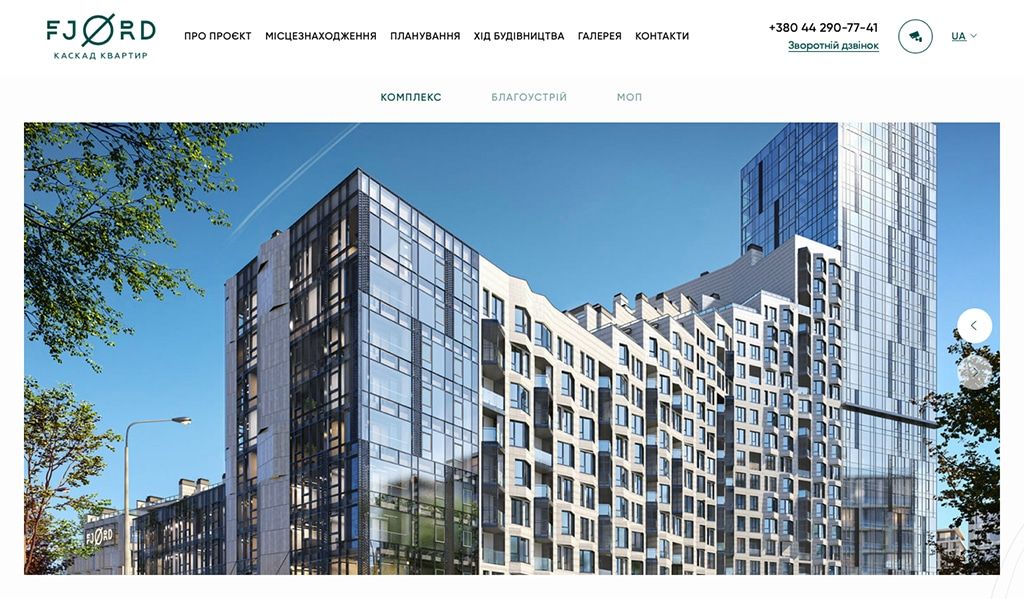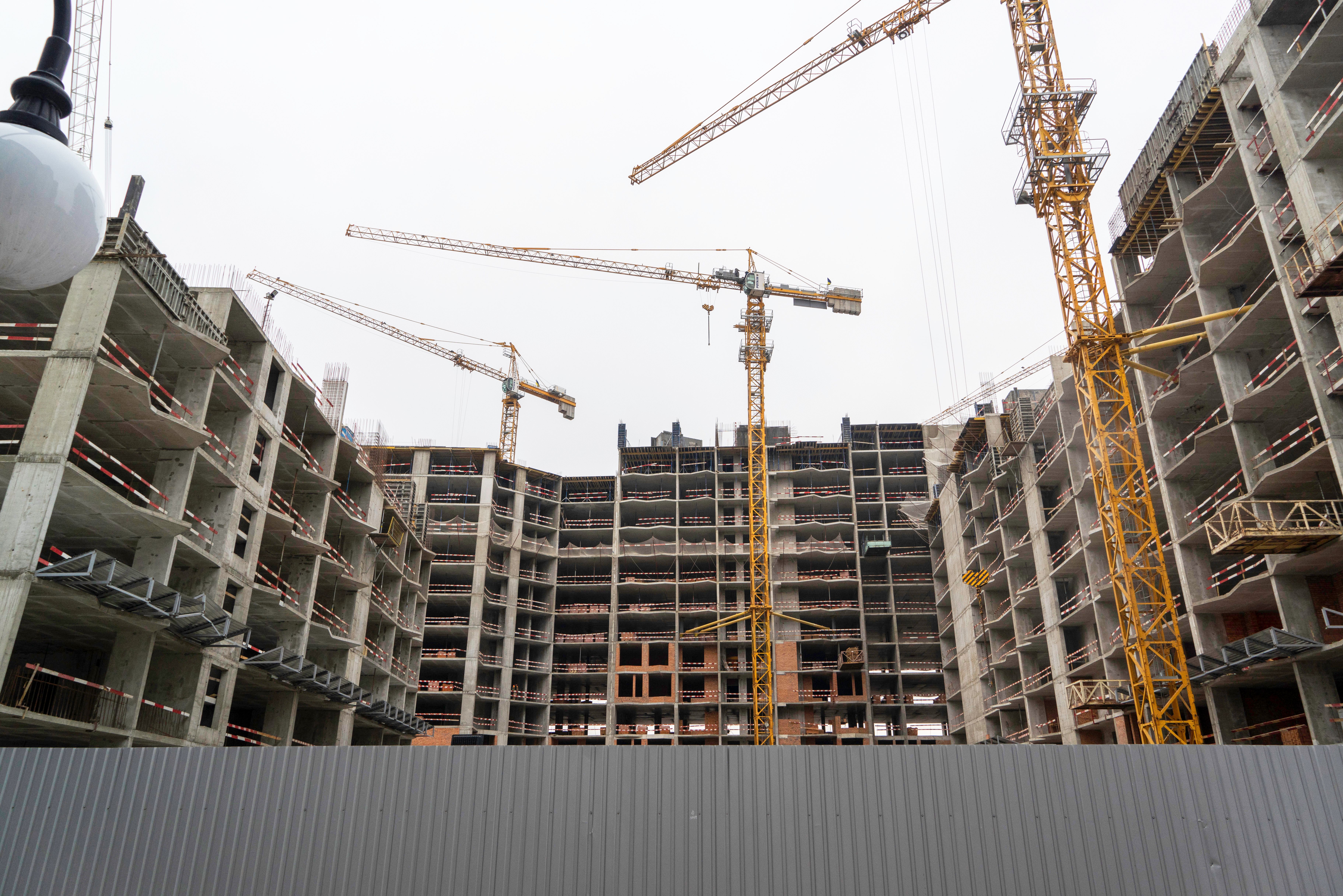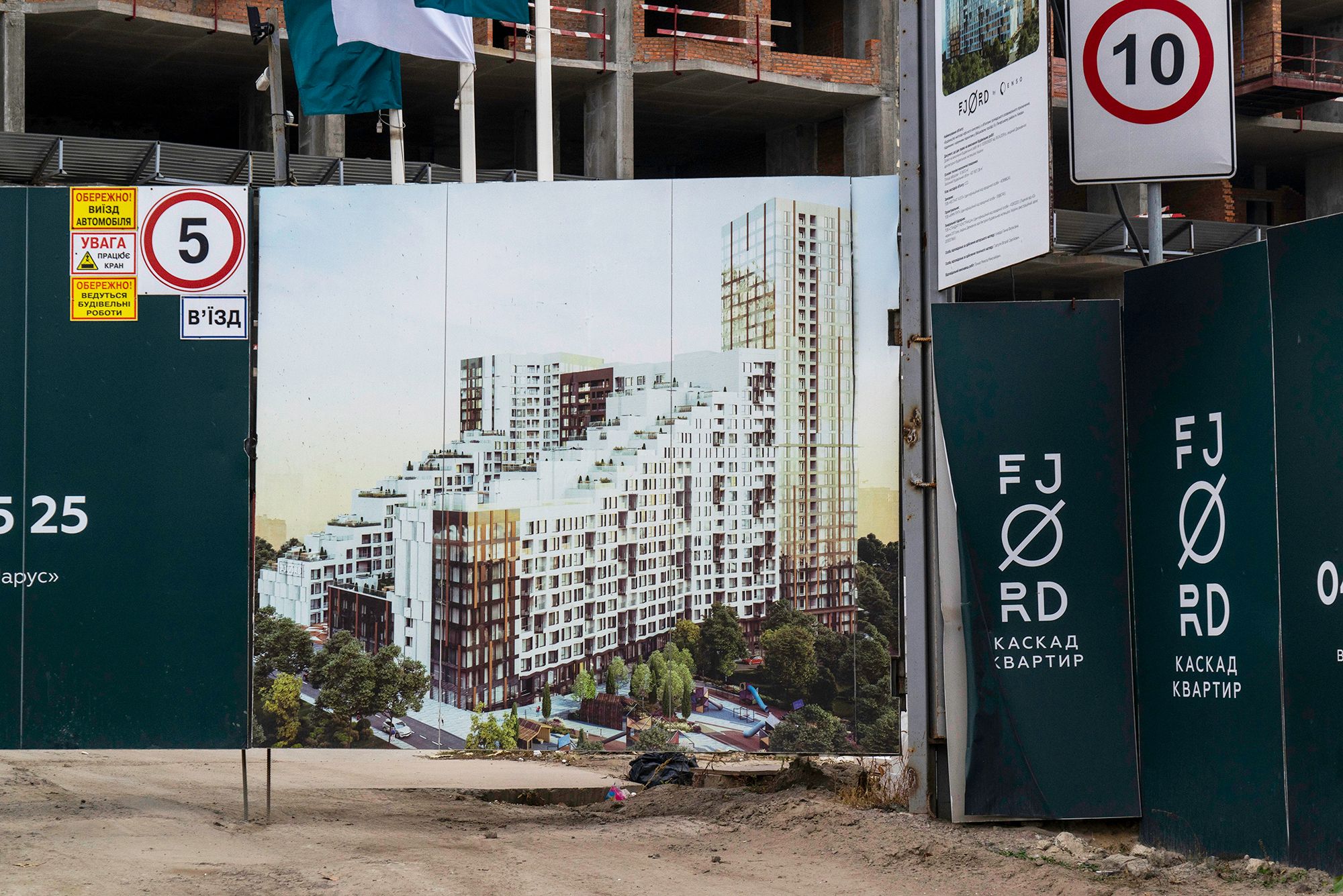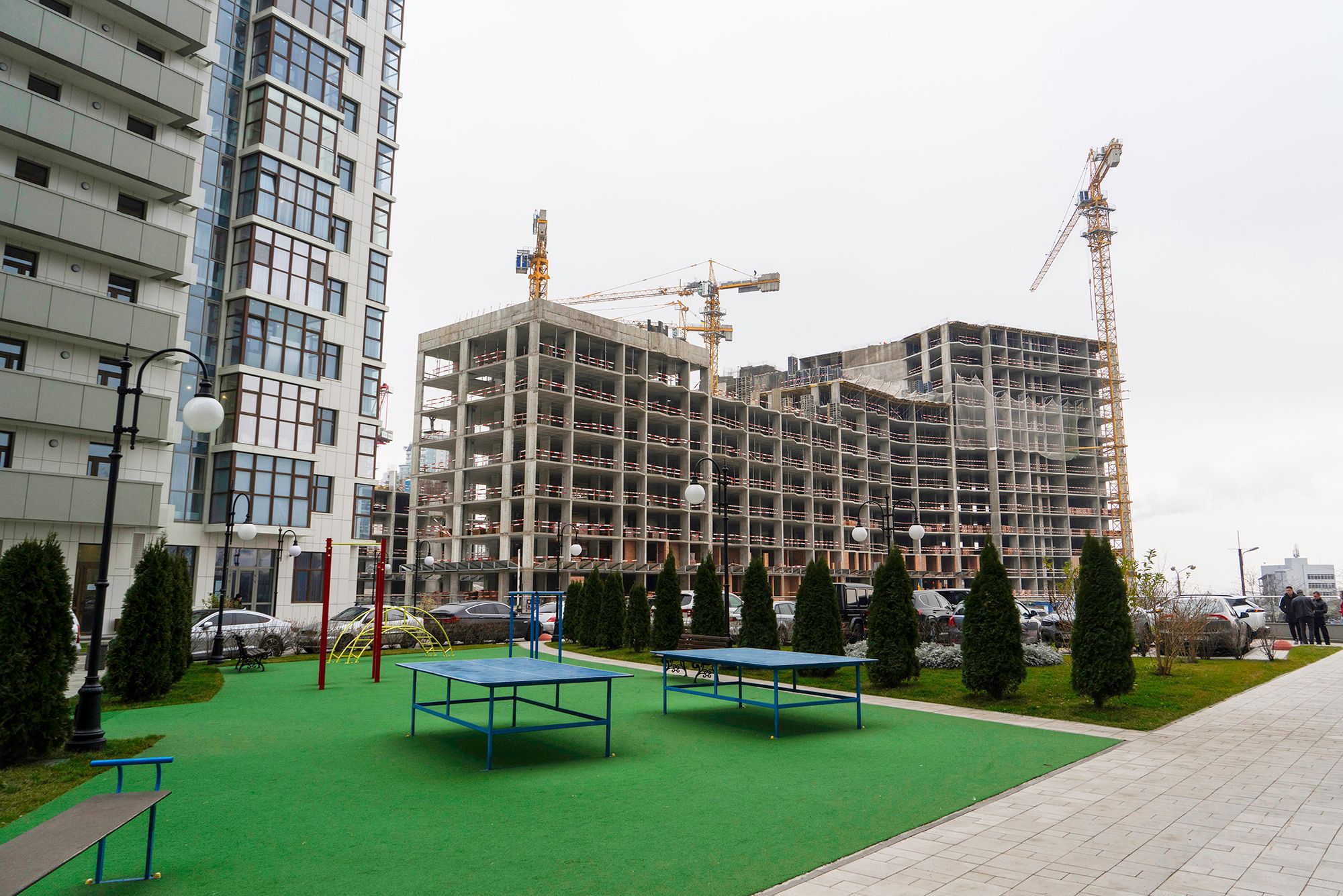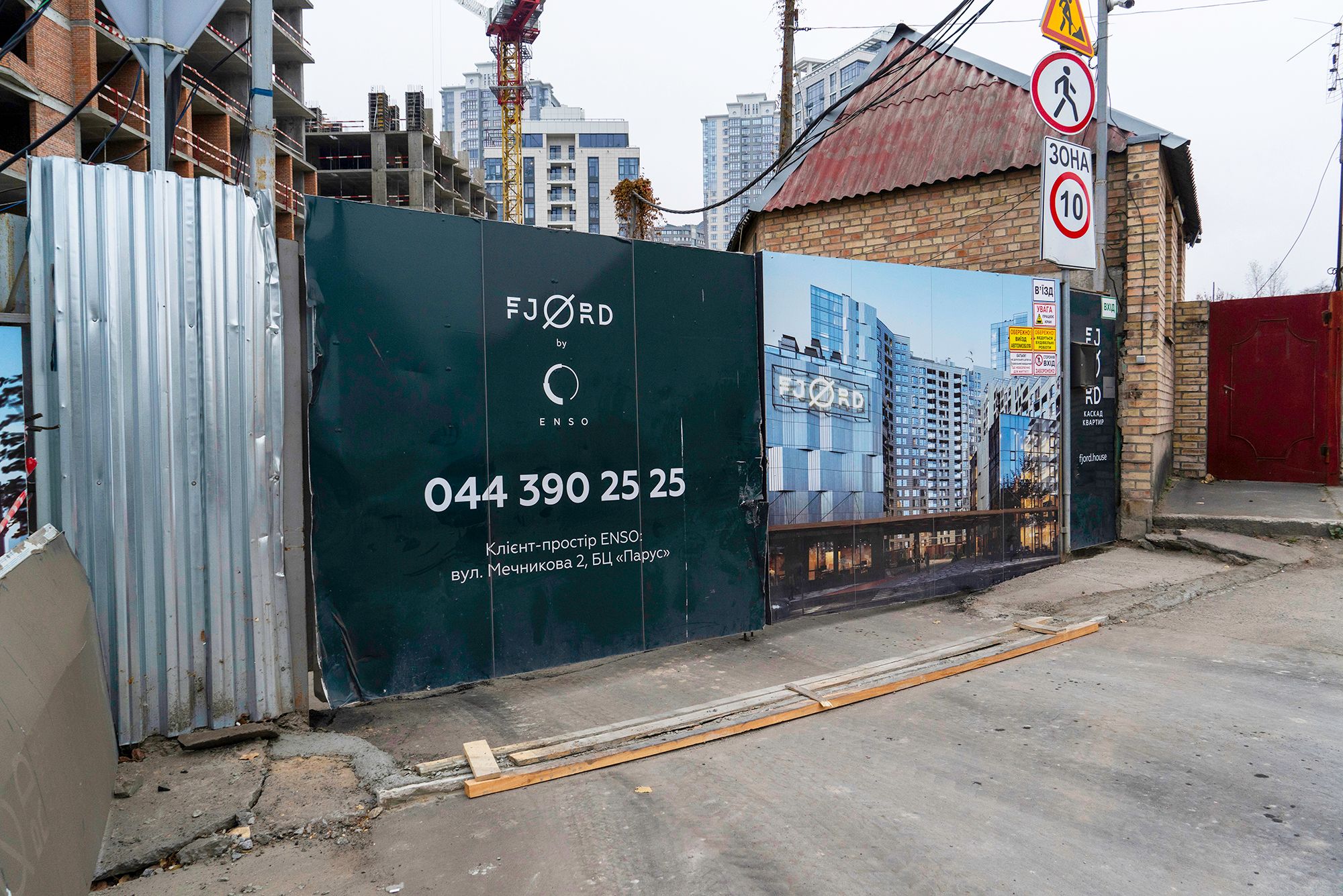To be sure, ‘personal Scandinavia’ is polemical. The initial query can be elaborated:
What is the sovereignty of your personal Scandinavia?
What is the shelf life of your personal Scandinavia?
What is the surplus of your personal Scandinavia?
What is the security of your personal Scandinavia?
The viscosity of your personal Scandinavia can be compared with that of a peer; though it is a slippery indicator, it is far simpler to assess than veracity.
In order to avoid excessive repetition, ‘personal Scandinavia’ can be abbreviated to ‘p.s.’ Alas, ‘p.s.’ is already the shorthand for ‘postscript’—an appendage added to the end of a letter, often to admit affection or implore an urgent answer. And abbreviation is a cousin to compilation; both are related in their pursuit of putting together. Scandinavia itself is simultaneously an abbreviation and a compilation—a synecdoche of states, a peninsula plus more, an amalgam of proprieties and properties.


